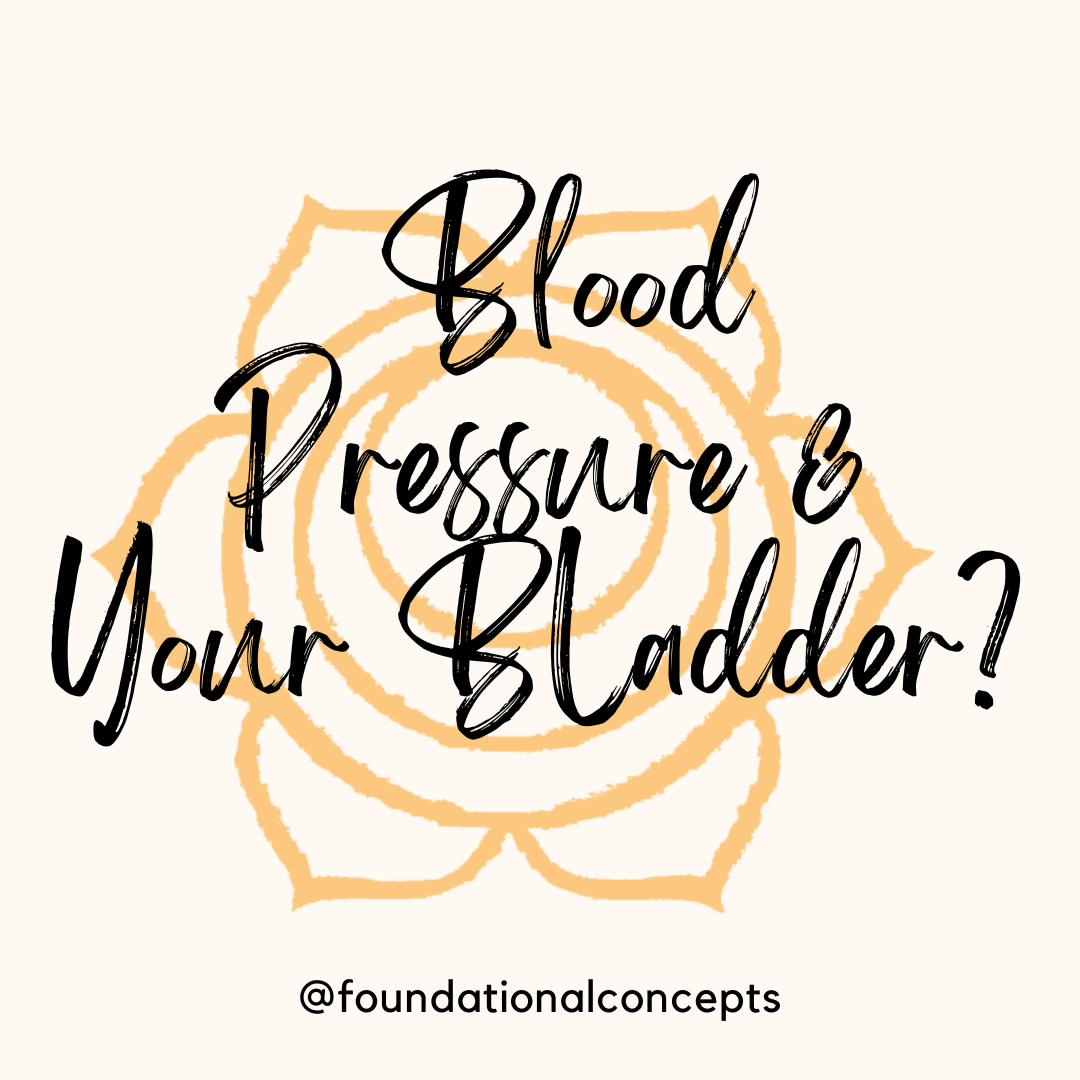Women use well over 10,000 period products during the years that we are menstruating. If…

Cervical Cancer
January is cervical cancer awareness month. Unfortunately, unlike many cancers that have early signs to watch for, cervical cancer usually does not have early symptoms. Regular screening is the key to catching early cell changes and preventing cancer from occurring. Most cases are diagnosed between the ages of 35-50 but women in their 60’s can also be diagnosed.
As the cancer progresses, symptoms can show up as abnormal bleeding after sex, after menopause, or between periods; heavier or longer periods; abnormal discharge after menopause or between periods; or new pain with sex.
The biggest risk factor for cervical cancer is presence of the Human Papilloma Virus (HPV). HPV also plays a role in vulvar, vaginal, penile, anal, and mouth cancers. Sexual history can also be a risk factor for cervical cancer. This includes being young with first sexual experience (less than 18), early first pregnancy (less than 20), having multiple partners or a partner who has had multiple partners. Also having more than 3 babies, and long term use of birth control pills can both increase risk. Other risk factors include smoking, weakened immune system, and diets not including fruits and veggies.
There are 2 primary screens for cervical cancer. One we all know well—the Pap test. The HPV test is newer but can be done in combo with the Pap. The Pap test is looking at the cervical cells to look for early changes. The HPV test is looking for DNA of HPV in the cervical cells. If caught early with these screens, cervical cancer is very treatable. The American Cancer Society recommends the Pap test to be done every 3 years. But if you are able to do the HPV test with the Pap or on its own, testing can be done every 5 years.
The very best way to catch cervical cancer earlier is to keep regular appointments with your OB/GYNE to screen for it. Gentle reminder: make that appointment now if you are due!



